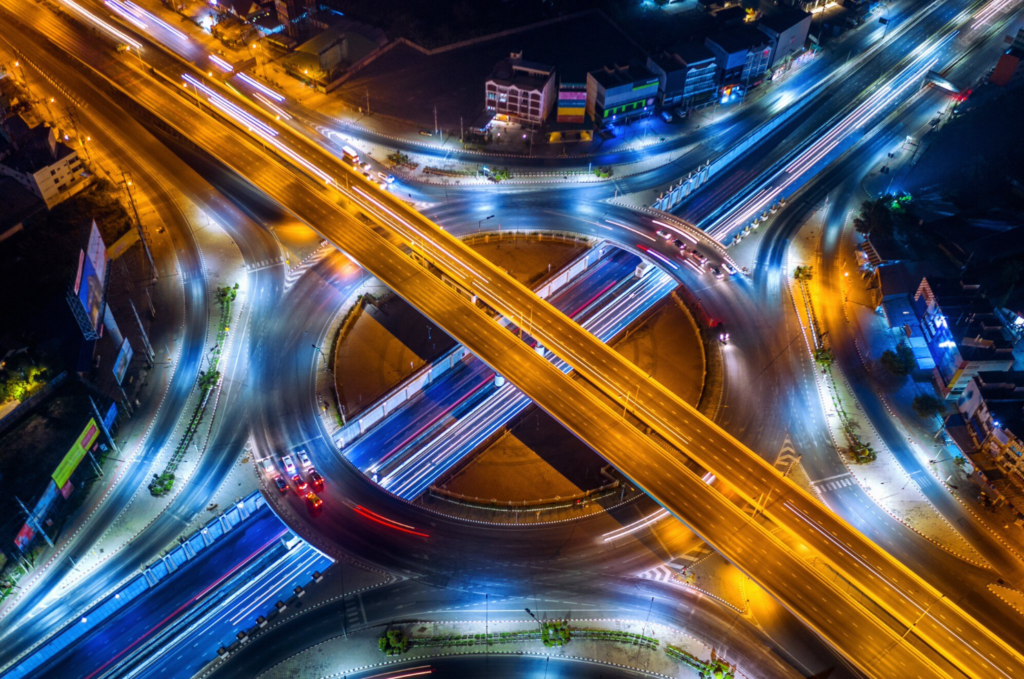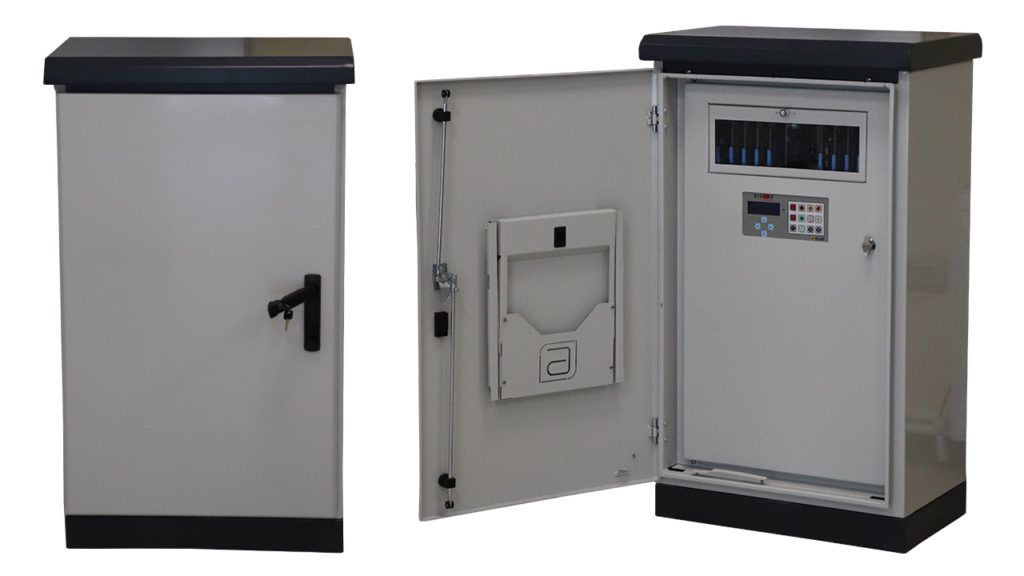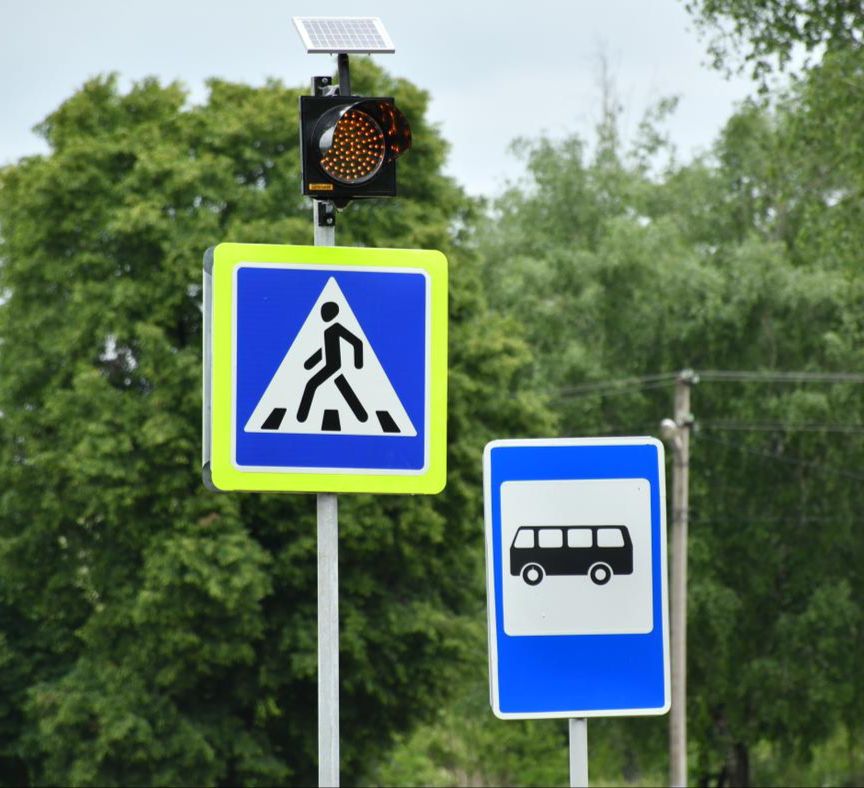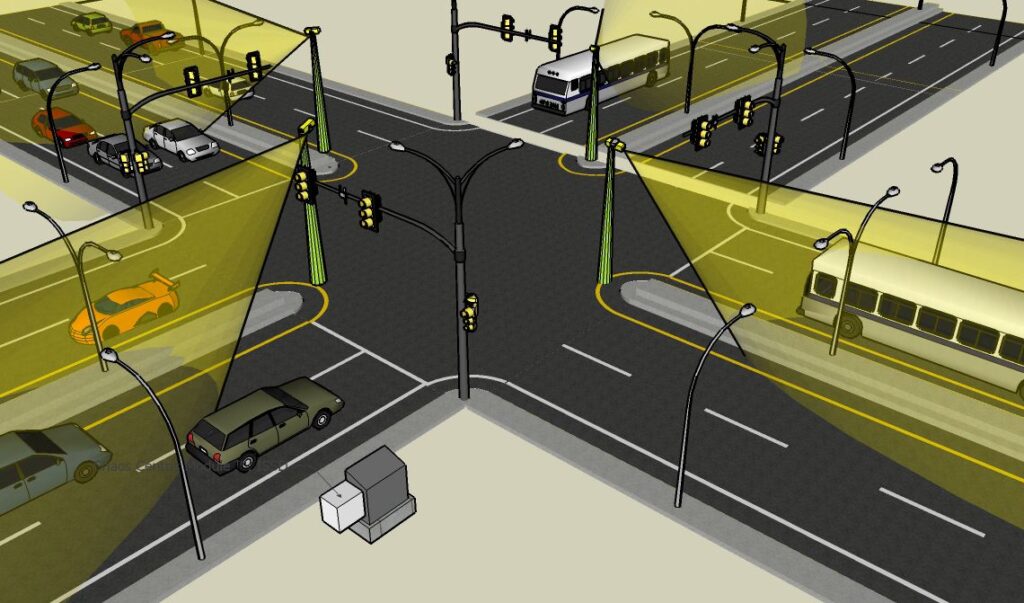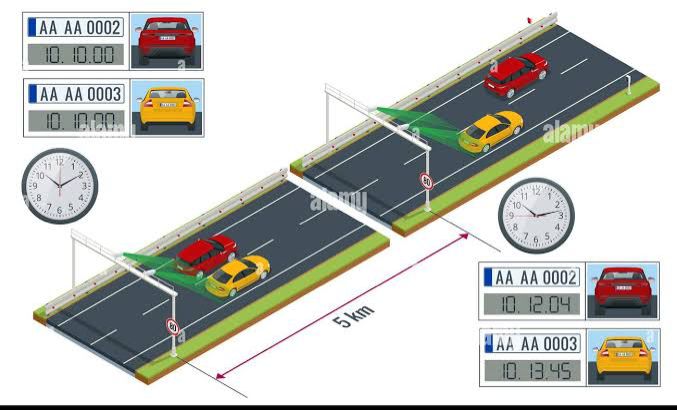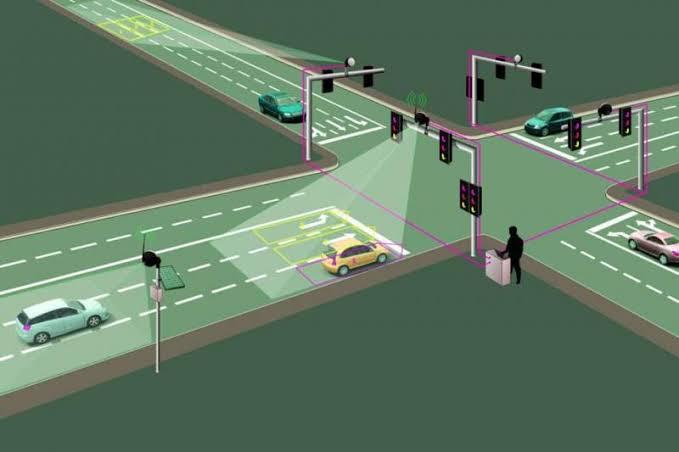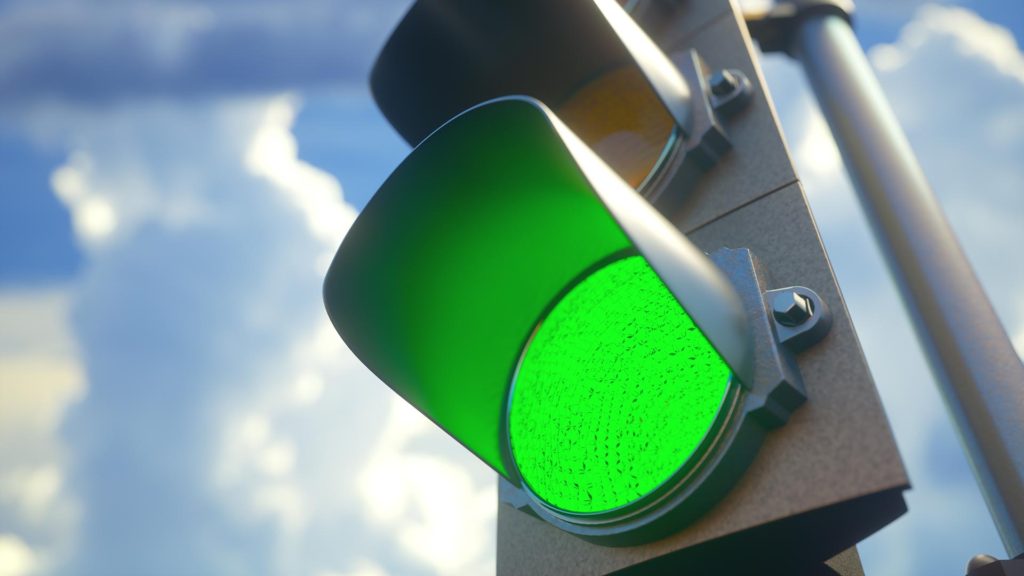
A traffic light is a signaling device that is used to control the flow of traffic at intersections and pedestrian crossings. It typically consists of three colored lights, red, yellow, and green, which are arranged vertically or horizontally. The lights are controlled by a timer or a sensor, and they indicate to drivers and pedestrians when to stop, when to proceed with caution, and when to go. Traffic lights are an essential part of modern transportation infrastructure, and they help to ensure the safety and efficiency of road traffic.
The modern electric traffic light was invented by Garrett Morgan, an African American inventor and entrepreneur, in 1923. Morgan’s traffic signal was a T-shaped pole with three positions: Stop, Go, and an all-directional warning position. The warning position was used to signal drivers to proceed with caution, as pedestrians were crossing the intersection.
However, it is worth noting that there were earlier versions of traffic signals that were not electric. The first known traffic signal was invented in 1868 by J.P. Knight, a British railway engineer. This signal used semaphore arms to indicate “stop” and “proceed with caution” to horse-drawn carriages. In 1912, a police officer named Lester Wire invented a manually operated traffic signal that used red and green lights to control traffic in Salt Lake City, Utah.
Despite these earlier inventions, Garrett Morgan’s electric traffic light was a significant improvement that paved the way for the modern traffic signals we use today.
There are several types of traffic lights, including:
- Fixed-time traffic lights: These are the most common type of traffic lights, and they operate on a fixed schedule. The lights change at predetermined intervals, regardless of the traffic volume.
- Actuated traffic lights: These lights are controlled by sensors that detect the presence of vehicles or pedestrians. They change based on the traffic volume and can help to reduce congestion.
- Intelligent traffic lights: These lights use advanced technology, such as cameras and artificial intelligence, to monitor traffic flow and adjust the signal timings accordingly.
- Pedestrian-activated traffic lights: These lights are triggered by pedestrians who press a button to cross the road. They ensure the safety of pedestrians and help to reduce accidents.
- Emergency vehicle traffic lights: These lights are designed to give priority to emergency vehicles, such as ambulances and fire trucks, by changing the signal to green when they approach.
Traffic lights are used in a variety of locations to help manage traffic flow and improve safety for drivers and pedestrians. The future of traffic lights is likely to involve the use of advanced technology to improve traffic flow, reduce congestion, and enhance safety.
